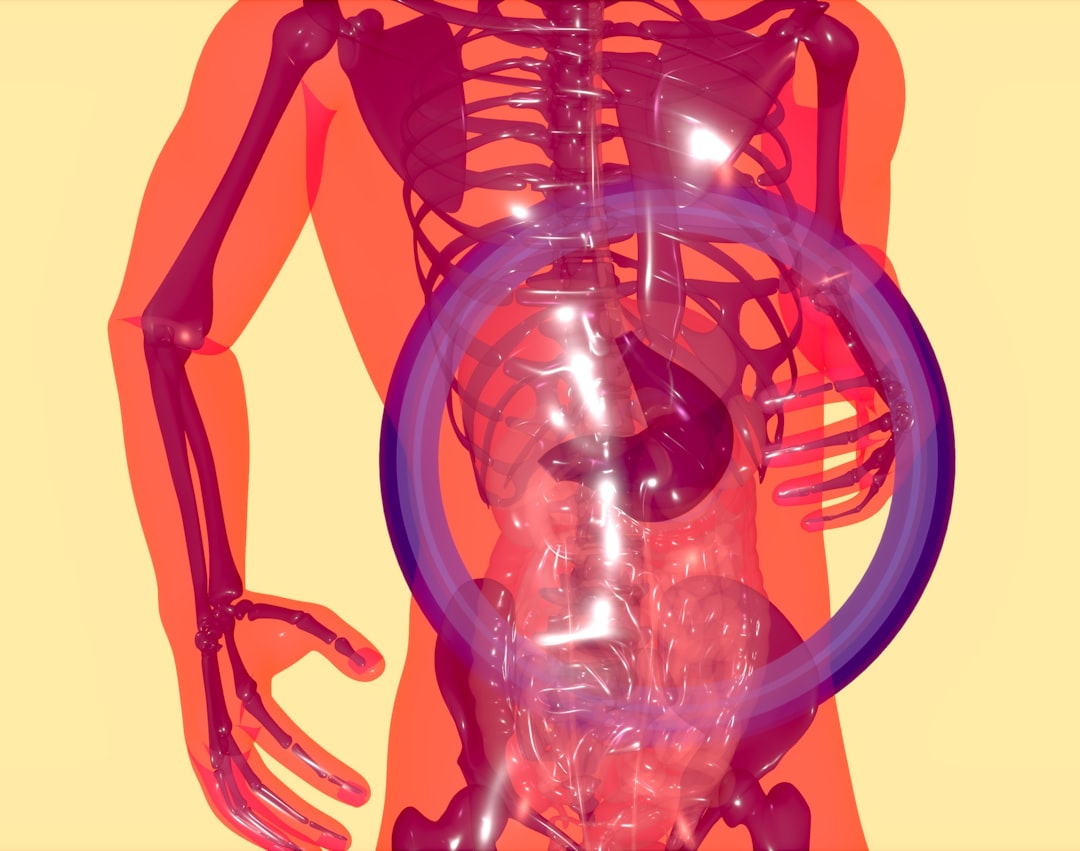What is it about?
The order Pholidota is composed of eight formally recognized insectivorous species of pangolin, and these animals are either endangered or threatened due to habitat loss and human consumption. This report highlights that pangolins are susceptible to protoparvoviruses, and thus protoparvoviruses is considered a risk factor compromising the health of wild pangolin population.
Featured Image

Photo by Salmen Bejaoui on Unsplash
Why is it important?
Pangolins are either endangered or threatened due to habitat loss and human consumption, and the identification of risk factors compromising the health of pangolin is necessary for the pangolin conservation. From another perspective, the adaptation of protoparvoviruses to infect and cause disease in pangolins may increase the selection pressure on protoparvoviruses and thereby contribute to the mutation of protoparvoviruses, new strain development and alteration of the pathogenicity ultimately causing immunization failure for captive wild animals and companion animals
Perspectives
A better understanding of protoparvovirus infections in wildlife is important to determine the evolution of protoparvoviruses , evaluate the risk of viral transmission between wild and domestic animals, and advance a control strategy for protoparvoviruses. The impacts of the pangolin protoparvoviruses and other protoparvoviruses found in wildlife populations are still poorly studied, and thus further investigation is warranted to determine any potential negative outcomes caused by protoparvovirus infections in wildlife populations including pangolins.
Dr. Wen-Ta Li
Fishhead Labs LLC
Read the Original
This page is a summary of: Fatal canine parvovirus‐2 (CPV‐2) infection in a rescued free‐ranging Taiwanese pangolin (
Manis pentadactyla pentadactyla
), Transboundary and Emerging Diseases, January 2020, Wiley,
DOI: 10.1111/tbed.13469.
You can read the full text:
Resources
Contributors
The following have contributed to this page










